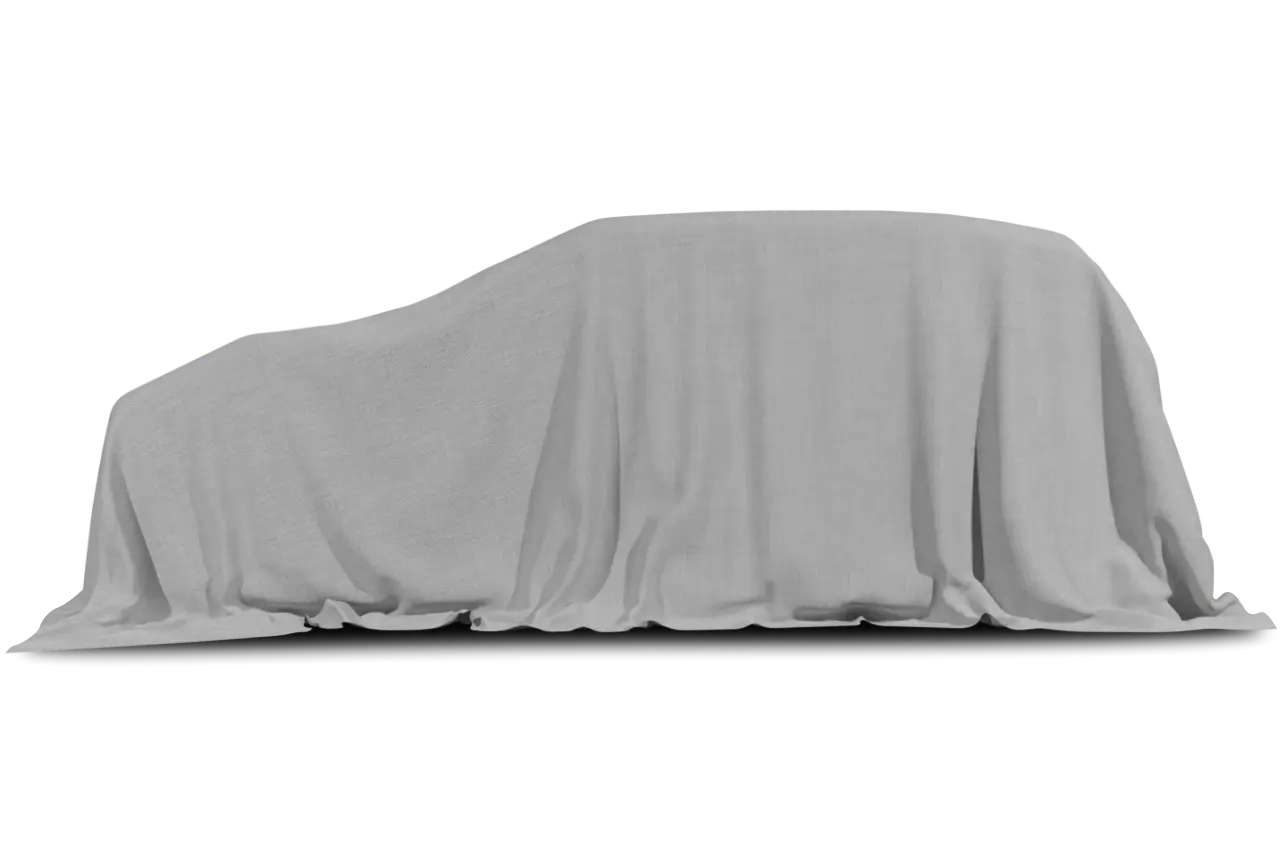
IT’S AN OLD runner with a new heart, a 1992 Ford Crown Victoria with a gas engine — natural gas, compressed.
It’s “clean-burning natural gas,” the kind proponents see as an alternative to dirtier burning gasoline.
The gas Vic is part of a three-year test conducted by Ford and 20 utility companies nationwide, including Washington Gas. The idea is to gather real-world data on the use, durability and reliability of natural-gas cars under many conditions.
There are 41 experimental Ford gassers. I ran mine for a week before almost running into trouble. I forgot about traffic jams, which is a no-no in compressed natural gas vehicles.
Unlike gasoline, which must be converted from liquid to vapor before being mixed with air and made ready for combustion, natural gas is, well, already gas. It comes ready to mix and burn, which creates a delightful yet troublesome efficiency in the internal combustion engine.
The delight is performance. You want fast? Use natural gas.
The trouble is mileage. Natural gas burns at a higher temperature than gasoline. But it burns faster, especially, it seems, when the gas car is sitting and baking in traffic.
For example, the gasoline-powered 1992 Crown Vic with a 20-gallon tank, four-speed automatic transmission and 4.6-liter V-8 gets about 24 miles per gallon on the highway. That’s a possible range of 480 miles between fills, based on my real-world experience with that car.
The comparable natural-gas Vic has a highway range of about 200 miles between fills, based on the test-week run. In the city, the gas Vic inhales at the equivalent rate of 10 miles per gallon, compared with about 18 miles per gallon for the regular Vic.
I usually filled the four pressurized canisters of the gas Vic every time the fuel gauge dipped below the half mark. But on one run, I figured I’d run that sucker on the highway until it got three-quarters low, and then turn around and head toward one of the 19 natural gas filling stations in the Washington metropolitan area.
Hah! The trip down I-66 west was totally righteous. Zoom-de-zoom and all of that. But I failed to pay attention to what was happening on I-66 east. That road was jammed — seven miles outside of the District of Columbia, 12 miles from the nearest natural gas pump in Southeast D.C.
The last wisp of natural gas vanished as I pulled into the station. The Vic’s “check engine” light glowed orange. The car was wheezing, but I breathed a sigh of relief.
Background: The Clean Air Act Amendments of 1990 require cities with smoggy air to start doing more to clean up the mess. That means producing cleaner-running cars and cleaner gasolines. It also means a genuine push for the development of alternative-fuel vehicles, such as the tested gas Vic, and electric cars and vans.
Because natural gas is readily available, because natural gas vehicles are cheaper to produce and run than electr ic models and because the gassers reduce smog-causing pollutants by as much as 98 percent, natural gas has at least the short-term edge in the race for new-fuel automobiles.
Complaints: Some things remain to be worked out before natural-gas cars can have mass appeal. Improved driving range is a must. A new fuel gauge, specifically designed to measure natural gas pressure and onboard availability, is needed. More compact gas canisters would be helpful. Ah, standardized filling nozzles at natural gas stations is an absolute must. I had to lug around some five pounds of metal adapters to guarantee access to pumps.
Of course, more natural gas filling stations are needed. As of July 1993, there were 730 natural gas filling stations nationwide, compared with some 140,000 gasoline outlets.
Praise: Very clean burn. Superior acceleration. Super-smooth engine performance. Long-term test notes by Washington Gas indicate that the natural-gas Vic also has overall lowe maintenance costs than comparable gasoline-powered cars.
The tested Vic uses the same electronically fuel-injected, 4.6-liter V-8 found in the gasoline-powered car. That engine is rated 190 horsepower at 4,200 rpm, with a maximum torque of 260 horsepower at 3,200 rpm when running on gasoline. It kicks out about 200 horsepower with natural gas.
Test car was equipped with dual air bags and anti-lock brakes.
Head-turning quotient: Cop car.
Safety: Researchers regard compressed natural gas cars as being safer than gasoline models in crashes. The aluminum, fiberglass-wrapped gas canisters have proved more rupture resistant than gasoline tanks in tests. Natural gas, which dissipates more quickly than gasoline fumes in the event of rupture, is less likely to explode.
Ride, acceleration and handling: Faster than greased lightning. The ride is what you’d expect in an otherwise normal Crown Vic: soft, billowy. Brakes, power four-wheel discs with anti-lock, were excellent.
Sound system: Didn’t listen.
Price: Experimental car. No real-world, consumer pricing applicable at this time.
Pump pricing: Using equivalent gallons, natural gas (which has a 130-octane rating) costs about 80 cents per gallon, versus about $1.36 a gallon for the highest-rated (95 octane) gasoline.
Prospect: This is a technology with a future.











